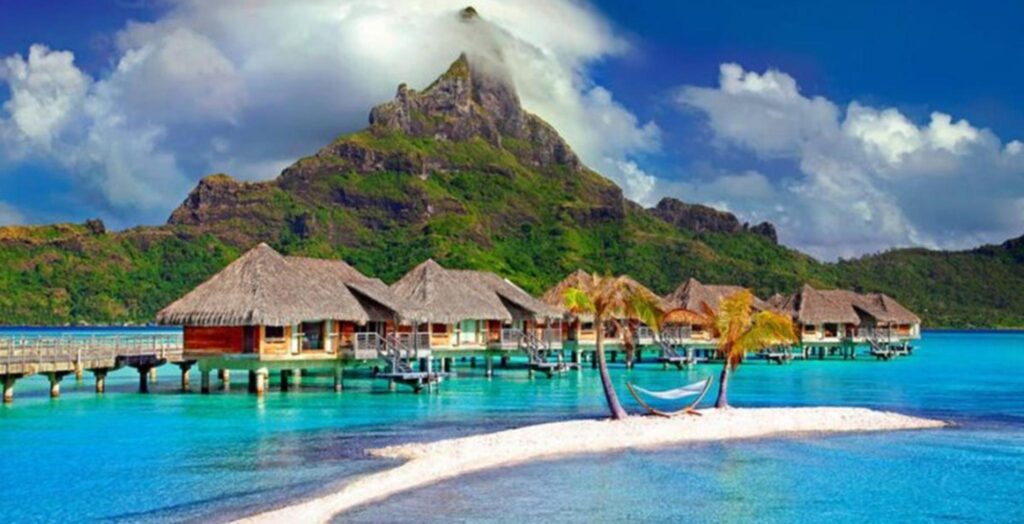Welcome to the Culture of Lakshadweep! This beautiful archipelago in the Arabian Sea is called for its breathtaking scenery, vibrant culture, and delicious food.
Tourists worldwide flock to this stunning destination to enjoy its coastal charm and unique traditions. The culture of Lakshadweep is as diverse as its ten inhabited islands.
While the majority of the population is Muslim, other religions, such as Hinduism and Christianity, are also represented. As a result, the islands boast a rich tapestry of festivals, ceremonies, and rituals.
Moreover, the variety of cultural activities ensures that there’s always something exciting to experience. Furthermore, the cuisine of Lakshadweep is a delightful blend of flavors, reflecting the multicultural influences of the islands.
With this information, you’ll be well-prepared to make your holiday in Lakshadweep genuinely memorable.
Exploring the Vibrant Culture of Lakshadweep
1. Historical Background of Lakshadweep

A. Historical Background
The islands of Lakshadweep have a long history of human habitation and trade connections with various civilizations.
Over the centuries, the islands came under the influence of different dynasties, including the Cheras, Cholas, and the Kolathiris of Kerala.
This rich history has shaped the culture of Lakshadweep Island, blending various traditions and practices from these ruling dynasties.
B. Colonial Era
During the 16th century, European colonial powers, primarily the Portuguese and later the Dutch, arrived in the region and established trade relations.
However, the islands eventually came under the control of the British East India Company in the 17th century.
This period brought significant changes to the art and culture of Lakshadweep as European influences began to merge with local traditions.
C. Integration with India
However, after India gained independence from British colonial rule in 1947, the question of Lakshadweep’s status arose.
1956, the States Reorganization Act was passed, reorganizing Indian states based on linguistic and administrative considerations.
As part of this act, Lakshadweep, then under the administrative control of the Madras Presidency, was incorporated into the newly formed state of Kerala.
This integration further enriched the food and culture of Lakshadweep, as it brought the islands closer to the cultural practices of mainland India.
D. Union Territory Status of Lakshadweep
In 1956, Lakshadweep was designated as a Union Territory, distinct from Kerala, and came under the direct administration of the central government of India.
The Union Territory status provided the islands a separate administrative framework and ensured their representation in the Indian political system.
Furthermore, this designation allowed Lakshadweep to maintain its unique identity and governance structure.
2. Administration of Lakshadweep
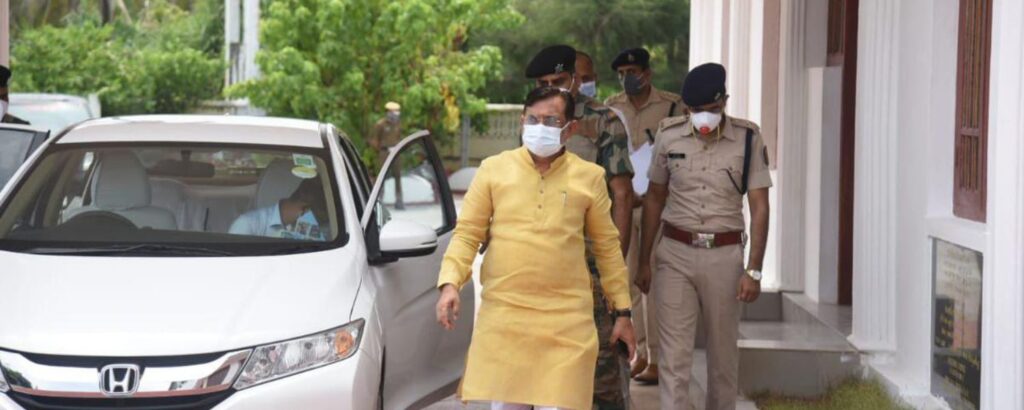
Lakshadweep is currently administered by an Administrator appointed by the President of India.
The Union Territory has a local government known as the Lakshadweep Administration, which is responsible for the day-to-day governance and development of the islands.
Moreover, this administration ensures that the local needs and aspirations of the people are met effectively.
4. Languages of Lakshadweep

As of the 1681 census, 11 languages from the 11th Schedule of the Constitution are spoken in Lakshadweep as mother tongues.
The main ones are Malayalam and Mahl, spoken by Minicoy’s residents. Besides, migrants working in the Union Territory speak Bengali, Gujarati, Hindi, Kannada, Oriya, Tamil, Telugu, Konkani, Urdu, and English.
The scripts used include Minicoy and modern Malayalam Grandha. Additionally, Vattezhuthu is the oldest script on the islands. However, with the advent of Islam, the Arabic script has become prominent for studying the Qur’an.
Furthermore, the culture of Lakshadweep Island is reflected in its languages, showcasing the diverse art and culture of Lakshadweep.
Moreover, the food and culture of Lakshadweep are unique, mirroring the tradition and culture of Lakshadweep. The people and culture of Lakshadweep are vibrant, adding to the rich tapestry of the island’s heritage.
Lastly, this linguistic diversity is an essential part of the culture of Lakshadweep.
5. Traditional Dress of Lakshadweep

Lakshadweep’s traditional dress is a beautiful example of simplicity. Though it reflects the links to the southern states of India, the influences of Islamic, Portuguese, and mainland Indian cultures are unique.
The traditional dress of women is the Kachi, similar to the lungi, typically black or white. They also wear long headdresses called Thattam. Jewelry is a must for Laccadivian women.
Men usually wear lungis, but younger generations have switched to Western outfits, such as shorts and trousers.
In the Minicoy Islands, cultural features differ from the rest of Lakshadweep. Traditional garbs vary according to social class. For instance, only the Manikfans women wear gold ornaments.
The culture of Lakshadweep is reflected in their dress, art, and food. The people and culture of Lakshadweep, along with their traditions, highlight the unique blend of influences that define the island’s way of life.
6. Cuisine of Lakshadweep
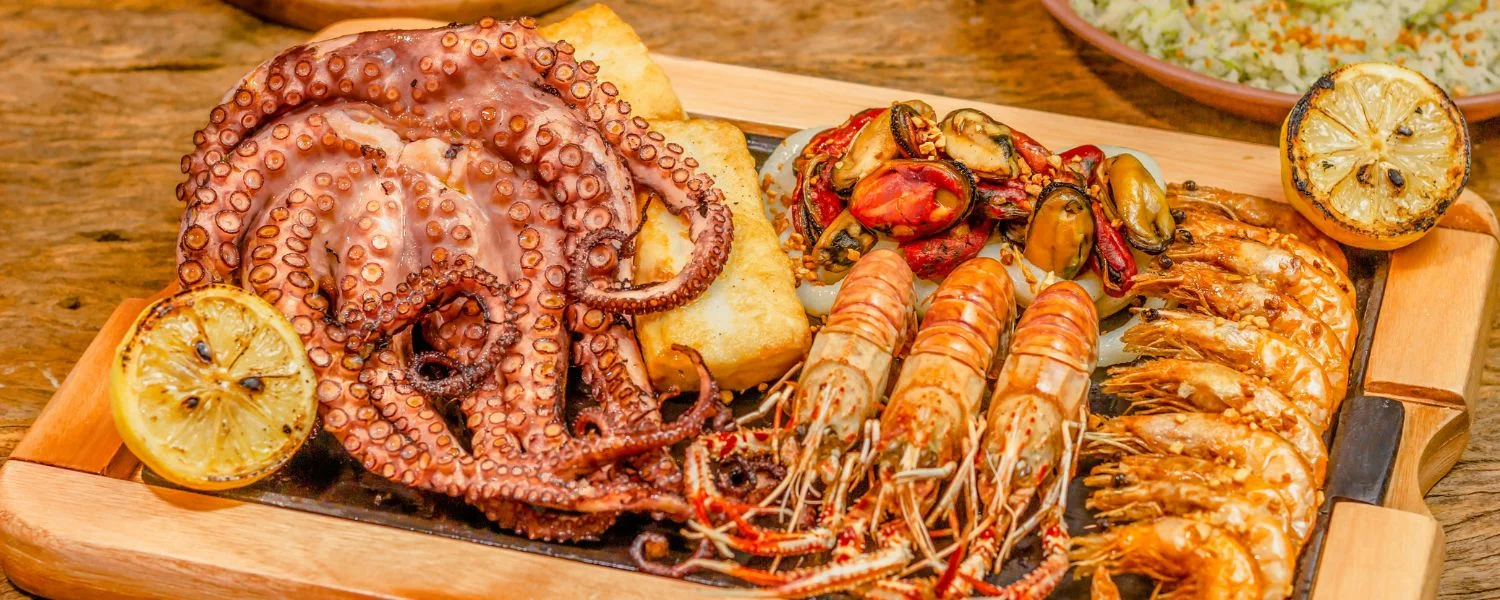
The culture of Lakshadweep Island heavily influences its cuisine. As expected from a tropical island, the food is rich in seafood and coconuts.
Tuna dishes, including the famous red tuna curry, Rayereha, and white coconut tuna, Sannath, are popular.
The food and culture of Lakshadweep show similarities with Kerala’s Malabar culture, which is evident in dishes like Parotta and Malabar Chicken.
Moreover, Mus Kavaab and Maasu Podichath are popular fish dishes, while fish pakoras are a favorite street food in Minicoy.
In addition, the tradition and culture of Lakshadweep are reflected in these flavorful dishes, showcasing the deep connection between the people and culture of Lakshadweep and their vibrant cuisine.
7. Music and Dance of Lakshadweep

Lakshadweep is known for its extraordinary tradition of dance and music. A popular form of dance in most islands is Parichakali, performed by men using wooden swords and shields.
This dance retells Islamic tales of battles, starting slowly and quickly, reaching an energetic climax, reminding spectators of soldiers’ bravery.
Another dance is Kolkali, also seen in Kerala, where dancers beat wooden sticks rhythmically. Moreover, the Lava dance is unique to the Minicoy islands. These performances are enhanced with exceptional songs.
Furthermore, the music of Lakshadweep, influenced by Kerala, celebrates Hazrat Ubaidullah, who brought Islam to the islands. Lastly, marriages are marked by Oppana, melodious bridal music.
8. Festivals of Lakshadweep
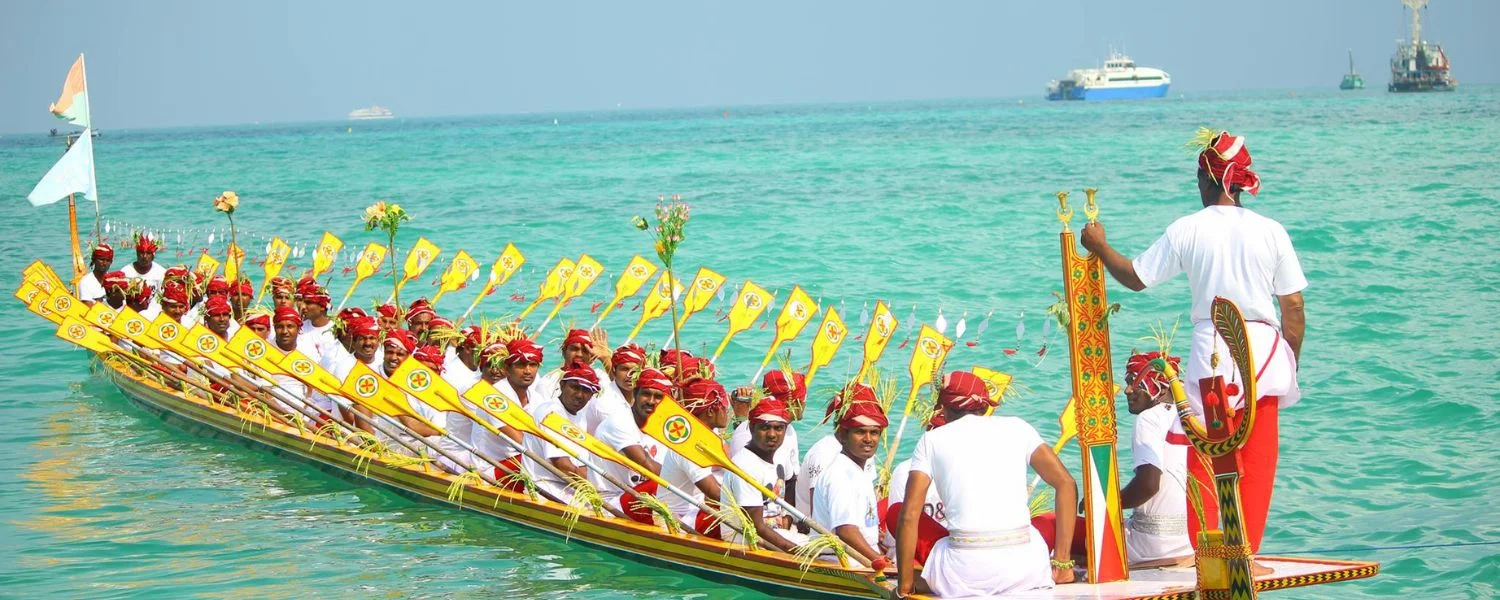
Lakshadweep Island’s culture is rich and diverse, with numerous festivals that reflect its unique traditions.
Most people in Lakshadweep follow Islam, making traditional Muslim festivals like Muharram and Eid important.
After fasting during Ramadan, the Laccadivians celebrate Eid-Ul-Fitr with great joy. They start the day with prayers in mosques, followed by sermons and feasting on local delicacies.
Moreover, Muharram, marking the Islamic New Year, is observed with reverence as it commemorates the martyrdom of Imam Husain in Karbala.
In addition, Milad-Un-Nabi, celebrating the Prophet Mohammad’s birth, is marked with sweets and perfumes. Furthermore, Bakrid involves the sacrificial offering of a goat.
9. Traditional Crafts of Lakshadweep
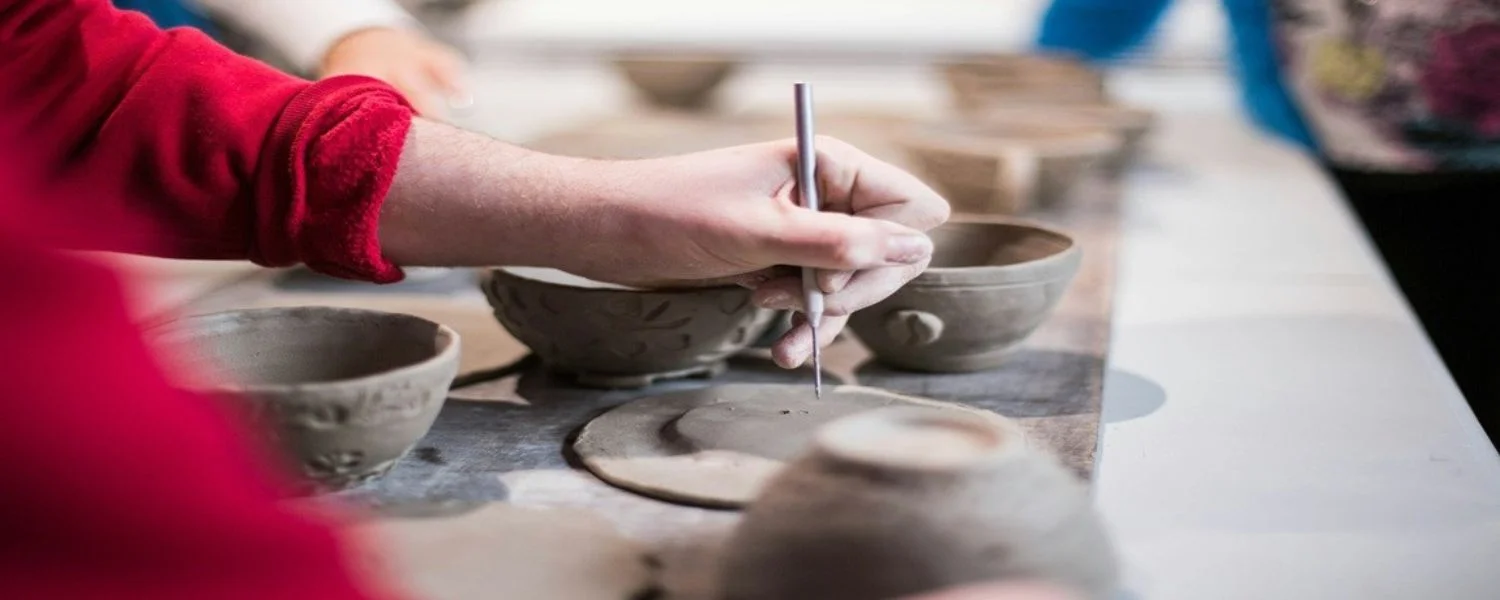
The culture of Lakshadweep Island is richly expressed through its traditional crafts and art forms.
Being closely tied to the coast, these crafts often incorporate materials from the sea, such as seashells, tortoise shells, and coconuts.
Seashell necklaces, crafted from a diverse array collected on the island’s beaches, are trendy among tourists. Additionally, coconuts are creatively fashioned into unique walking sticks.
The vibrant personality and love for color among the people of Lakshadweep are evident in their attire and crafts.
This colorful essence permeates their cultural expressions, making the handicrafts of Lakshadweep a reflection of its lively and joyful inhabitants.
10. Occupation
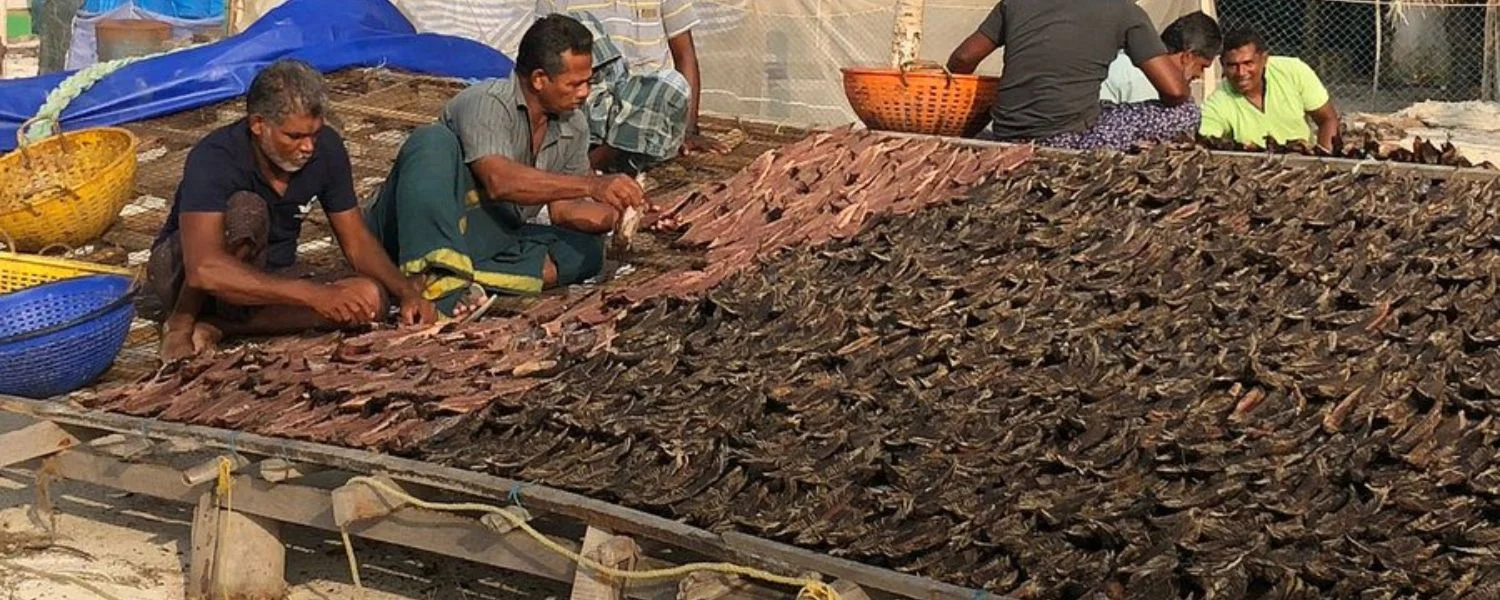
The culture of Lakshadweep Island is deeply rooted in its close relationship with the sea. The natives’ lives are intricately tied to maritime activities such as fishing, coconut cultivation, and coir twining, which form the backbone of the local economy.
Tourism is gradually gaining momentum, complementing traditional occupations. Boat making also thrives, showcasing local craftsmanship.
Additionally, industries like vinegar and jaggery production, tuna fishing, and masonry contribute significantly to the island’s economic landscape.
The art and culture of Lakshadweep reflect its rich traditions, emphasizing a harmonious coexistence with the oceanic environment.
From traditional cuisine to vibrant festivals, the people pridefully celebrate their heritage, making Lakshadweep a unique cultural gem in India’s maritime territory.
11. Tourism in Lakshadweep
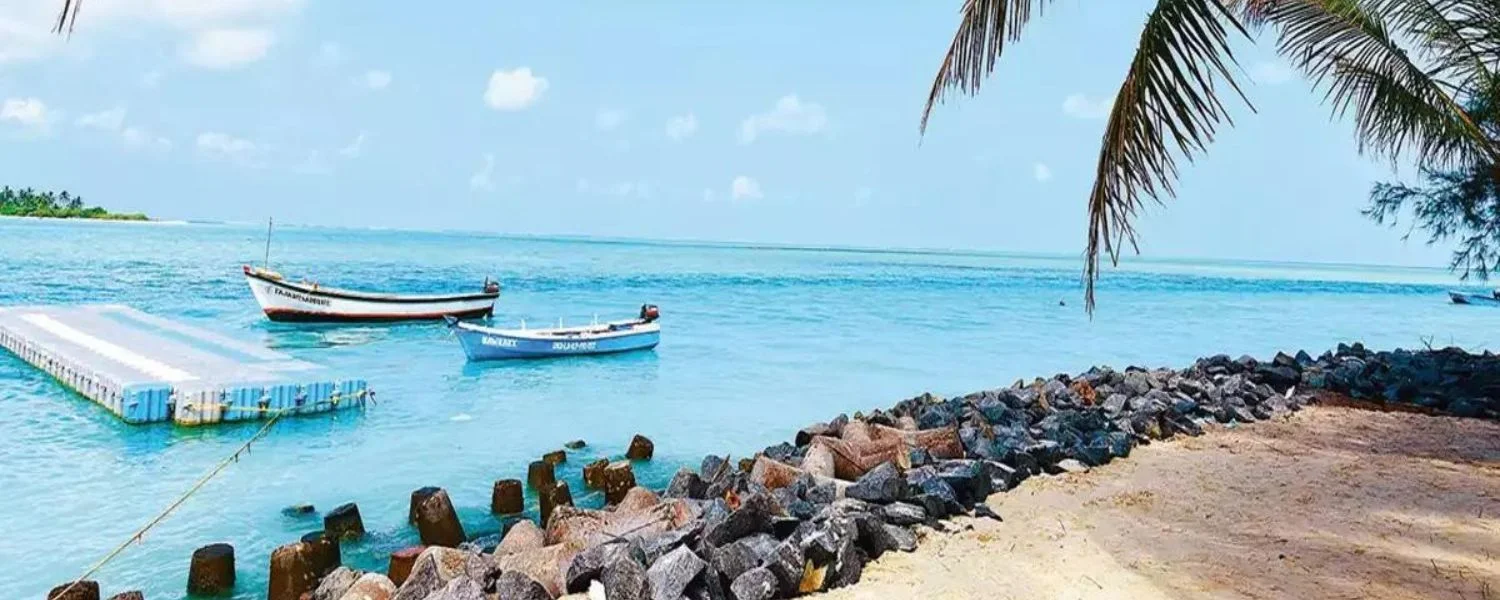
Lakshadweep, known for its pristine beaches and thrilling adventures, also boasts a rich cultural tapestry that enriches the visitor experience.
The islands, including Agatti, Kadmat, Kavaratti, Kalpeni, Bangaram, and Minicoy, are paradises for beach lovers and eco-tourists alike.
Crystal-clear Lakshadweep Water Sports also offer ideal conditions for diving, snorkeling, and exploring vibrant marine life. The islands are well-connected to the mainland and accessible by ships, helicopters, and flights.
Lakshadweep’s culture is deeply rooted in its traditions and people. Traditional dances, music, and handicrafts celebrate its art and culture.
The local cuisine reflects a blend of seafood delicacies and coconut-based dishes, offering a taste of authentic island life. The people of Lakshadweep are known for their warmth and hospitality, making visitors feel at home.
FAQ
Q. What is the culture of Lakshadweep?
A. Kolkali and Parichakali are two popular folk art forms in Lakshadweep. They are a part of the cultural milieu, except in Minicoy, where “LAVA” is the most amazing dance form. Additionally, some folk dances resemble those in North Eastern India.
Q. What are the traditional festivals of Lakshadweep?
A. Lakshadweep’s culture thrives during vibrant festivals such as Eid-ul-Fitr, Bakrid, Muharram, and Onam. During these times, communities unite in joyous celebrations, combining traditional music, dance performances, and feasts.
Q. What is the dress of Lakshadweep?
A. In Lakshadweep, the traditional dress for women is “Kachi” or “Chatta,” which consists of a long, flowing skirt called “Mundu” paired with a blouse called “Choli.” The Mundu is typically woven from cotton or silk and features dark colors and intricate designs.
Q. What is the lifestyle of the people of Lakshadweep?
A. The Koyas used to be the landowners, while the Malmis worked under them. The Melacheries mainly constituted the working class. Moreover, the attire of Lakshadweep men and women represents a simplistic lifestyle.
Conclusion
In conclusion, the culture of Lakshadweep is a vibrant tapestry woven with rich traditions, reflecting its unique blend of influences from history, religion, and the natural environment.
The islands’ cultural identity is deeply rooted in Islamic customs, evident in festivals like Eid-ul-Fitr and Muharram, where communities unite joyfully.
Traditional arts such as Parichakali and Kolkali add a rhythmic heartbeat to local festivities, showcasing the islanders’ artistic prowess and storytelling traditions.
Moreover, the cuisine of Lakshadweep, infused with flavors of seafood and coconut, offers a tantalizing glimpse into island life.
Furthermore, the craftsmanship seen in seashell jewelry and coconut handicrafts underscores the islanders’ creative spirit and close relationship with their maritime surroundings.
